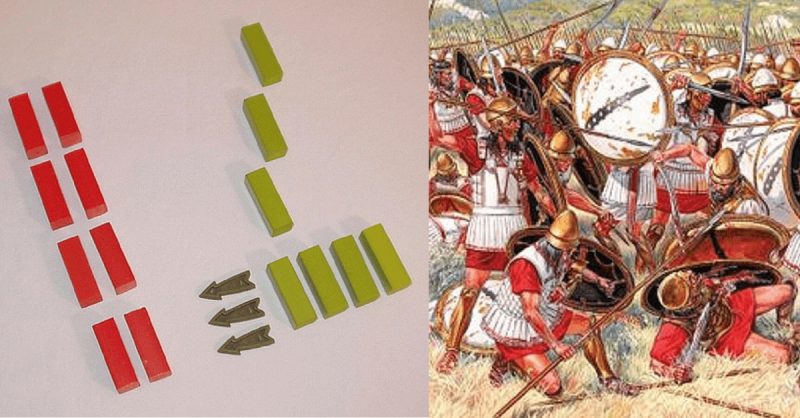The echelon formation is a solid staple in the modern military and police world. Fighter jets use this diagonal formation to maintain visibility while maximizing fuel efficiency. Armored vehicles will often advance in an echelon formation to maximize their area of attack while being able to cover others in the formation. Infantry use the formation as well as riot police. By advancing in echelon riot police can actively or passively shift a hostile crowd to the left or right while advancing.
In the ancient world, the formation had yet another advantage. Units in the front could have one flank covered while still being able to advance rapidly. More static echelon formations could greatly delay wide flanking attacks by increasing the distance a flanker would have to travel, as seen at the Battle of Gaugamela.
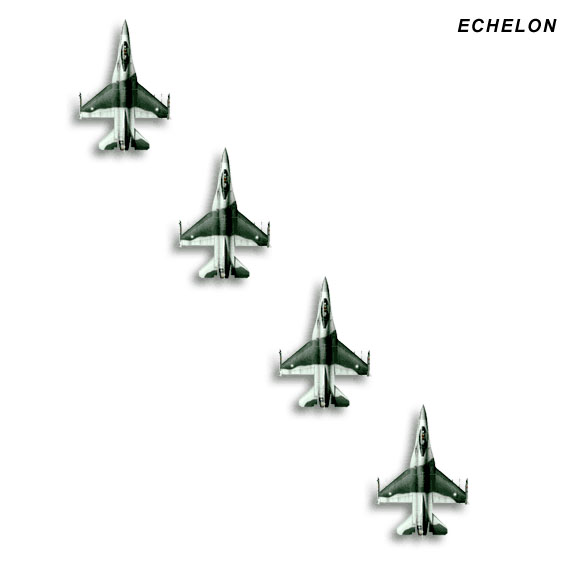
Even before Alexander, the formation was used to astounding effect by the Thebans to defeat a more numerous Spartan-led army. In the early 4th century BCE the Spartans enjoyed dominance of the Greek world thanks to their victory over Athens during the Peloponnesian War.
During this Spartan dominance, the city of Thebes began to rebel against the weaker Spartan hold of Boeotia north of Athens. Seeking to crush this rebellion quickly, the Spartan King Cleombrotus led a rapid march through an unexpected route and surprised the Thebans. The hastily assembled Theban army had about 7,000 men. These included the very respectable and elite Sacred Band of Thebes, but also included thousands of scared Boeotians who were very apprehensive about the idea of fighting Spartans.
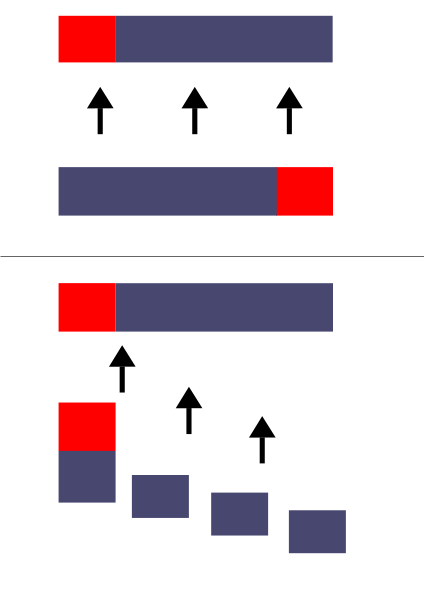
The Theban commander, Epaminondas, was all for battle, despite having about 3,000 fewer men. He had a plan involving his slightly superior cavalry and trusty Sacred Band. The battle opened with Spartan skirmishers pelting the Boeotian allies. As the infantry began arranging in their typical battle lines, the 1,500 Theban cavalry drove off the 1,000 Spartan cavalry.
The Spartans arranged their lines in the typical hoplite formation, about 8-12 men deep. The tradition was also to put the most elite forces on the right to counteract the normal right-shifting aspect of most battles. On this Spartan right were the King and his royal guard. The rest of the right would have been filled out by the full Spartiates of the highest social status and experience.
Epaminondas arranged his lines in a dramatically different way. Rather than put his elite troops on his right, Epaminondas put the Sacred Band on the left, directly across from the elite Spartans. He also made this part of his line as much as 50 men-deep. Epaminondas then had the remaining troops in a right echelon formation, fading away from the rest of the Spartan battle lines.
By doing this Epaminondas took a huge gamble, while also removing an equally huge unknown. The allied Boeotians were incredibly unreliable and did not want to be there. By echeloning them away, Epaminondas would keep them out of the fight for as long as possible. By massing a huge amount of elite troops on the left across from the Spartan right, Epaminondas was risking the outcome of the whole battle by trying to cut off the Spartan head with a charge that would be the first infantry engagement of the battle.
As the Sacred band slammed into the Spartans, they caught the Spartans off-guard after the defeated Spartan cavalry disrupted their own lines. The insanely deep Theban phalanx overpowered the Spartans and quickly broke the most elite and experienced part of the Spartan line without involving any of the other infantry groups from either side. The extra deep formation may have allowed the Thebans to flank the Spartan’s right, but they also may have prevailed simply due to the great weight of their charge.
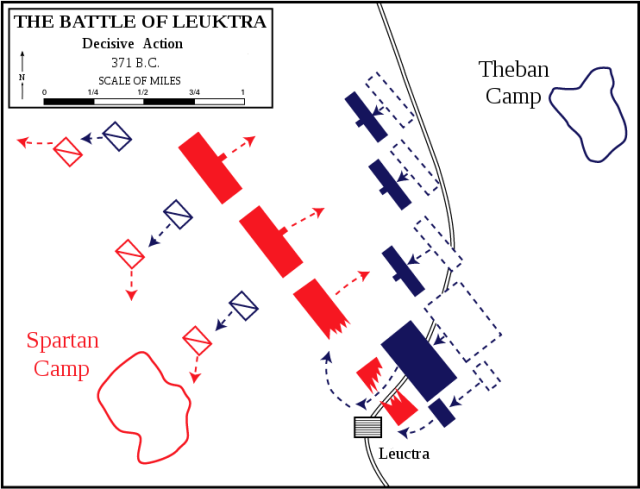
The rest of the Spartan line was mostly composed of allies forced to provide troops because they were under Spartan control. Seeing the Spartan King and the highest class of Spartans being utterly broken took the will to fight out of the rest of the troops, and they left the field. The suspect loyalty of the Boeotians never even had to be tested.
The battle casualties were fairly low due to the swift and localized action, but the Spartans suffered the most. About 1,000 Spartans and close allies were killed including their King. The Spartans were indeed some of the most feared infantry in the world, but their numbers were few. After generations of fighting the Peloponnesian War, the Spartan elite was already thinned. The crushing blow at Leuctra brought the Spartan dominance of Greece crashing down.
The Thebans were able to capitalize on this victory to create their own hegemony over most of the Greeks. Epaminondas would enjoy a great amount of fame and led several campaigns against the rest of Greece. Ultimately Epaminondas’ decade of campaigning would only serve to weaken Greece further, paving the way for the Macedonians to swoop down under Philip.
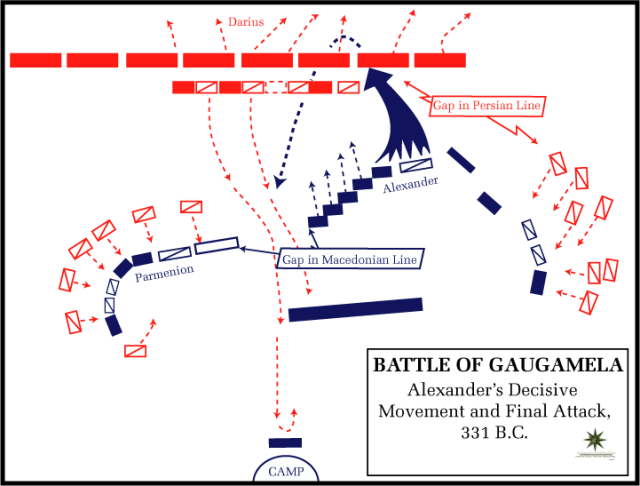
As for the echelon formation, the battle of Leuctra was just the beginning. Alexander the Great used a defensive echelon formation for his infantry at Gaugamela to give his cavalry time to complete their decisive charge. Scipio Africanus used two echelon formations at Ilipa. Here he echeloned from his flanks to his center and used his experienced legionaries to drive home the victory while keeping his unreliable Iberians out of the fight.
Fredrick the Great used it to great effect during the Battle of Leuthen. It has also been used on a much larger scale in operations such as Desert Storm with the same idea, making a decisive charge with a reinforced flank while also occupying the attention of the remainder of the enemy.
By William McLaughlin for War History Online
